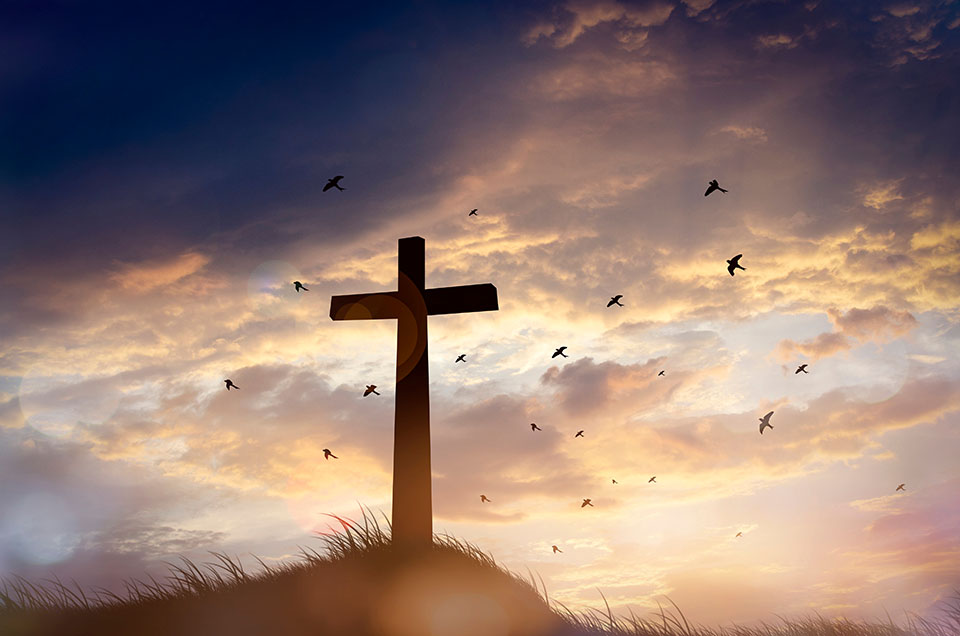April Blog – Women's Ministry

HIS REST
A few weeks ago, Scott and I traveled to Annapolis, Maryland to attend a wedding of a young man that we affectionately call our Second Son. On the morning of the wedding, several of us gathered to help decorate the church as well as the reception area. There was plenty of work to be done, but it seemed like there were plenty of hands to get it done. After a few hours, we began to realize that the amount of work would fill every moment until the time of the wedding, and we began to wonder if we would finish work or not.
The reception hall was full of tables and chairs and several times throughout the day I thought about sitting down in one of those chairs and putting up my feet for a few moments, but the work was not finished and there was much still to do, so I pressed on, just like the other three gals who were laboring alongside me. And you know what? We did not get the work finished. This was true for the high priest and priests within the tabernacle as well; they labored every day offering sacrifices for sin and that sacrificial work was never finished.
Scott and I are participating in the Wisdom Journey which is a two-year-long endeavor to read through the Bible while also contemplating a daily lesson from Dr. Stephen Davey. A few weeks ago, he asked this question: Did you notice that there is no chair in the tabernacle?
Hebrews 10:11 reminds us, “Every priest stands daily ministering and offering time after time the same sacrifices, which can never take away sins;” Why would the priest continually stand? Why was there no chair in the tabernacle? Because the work was never finished. The blood of bulls and goats was never intended to accomplish what only the blood of Jesus Christ could accomplish. The tabernacle was the temporary way in which God dwelt with his people; the tabernacle and all of its pieces are a shadow cast by Christ who is the substance of the New Testament. All of history was moving toward the life, death, burial, resurrection and ascension of Jesus Christ. The Old Testament continually points to the person and work of Jesus Christ.
And then Hebrews 10:12-13 proclaims to us “but He, having offered one sacrifice for the sins for all time sat down at the right hand of God waiting from that time onward until His enemies be made a footstool for His feet.” Why did Jesus sit down? Because His work was finished. Where did Jesus sit down? He sat down at the right hand of God, the place of divine authority. What is He doing while He is sitting there? He is waiting. What is He waiting for? The defeat of His enemies. Jesus’ work on the cross is finished. Victory is already won. He is seated.
Because of Christ’s finished work on the cross, because Christ is seated, we enter into His rest.
And finally, Hebrews 4:8-10 clarifies this rest, “For if Joshua had given them rest, He would not have spoken of another day after that. So there remains a Sabbath rest for the people of God. For the one who has entered His rest has himself also rested from his works, as God did from His.”
What rest is this? This is not creation rest or Promised Land rest, although these rests point toward this greater rest. What rest is this? This is the promised rest in Jesus Christ and we enter this rest through belief. This rest is for the people of God and this rest is not of our making, but rather this rest is His rest that we enter. And listen, when we enter His rest, we rest from our works. Why? Because Christ rests from His completed work on the Cross. Amen and amen.
This rest describes a period of rest for God’s people which is modeled after and is a fulfillment of the traditional Sabbath. The Sabbath rest and the Promised Land rest are fulfilled in the person and work of Jesus Christ. Just like when God rested after He completed His work of creation, we rest in Christ’s completed, finished work at Calvary. We rest in the living, seated and glorified Christ.
- This rest is a Sabbath-state.
- This rest is perpetual Sabbath rest.
- This rest is a state of ideal rest.
- This rest is not weekly, but rather continually.
- This rest is eternal, not momentary.
- This rest will be in full fruition in the future when Christ returns and we enter into this rest when we
- believe in Jesus Christ.
- This rest means no more self-effort unto salvation.
- This rest frees us from striving and earning because God’s favor upon us is secure.
- This rest is God’s perfect rest and is a rest in free grace.
- This is not my rest but God’s unique, personal rest in which we share, in which we enter.
- This rest is to be enjoyed uninterruptedly by believers in their fellowship with the Father and Son.
- This rest is His rest.
Will you enter His rest every moment of every day?
- Patricia Croll